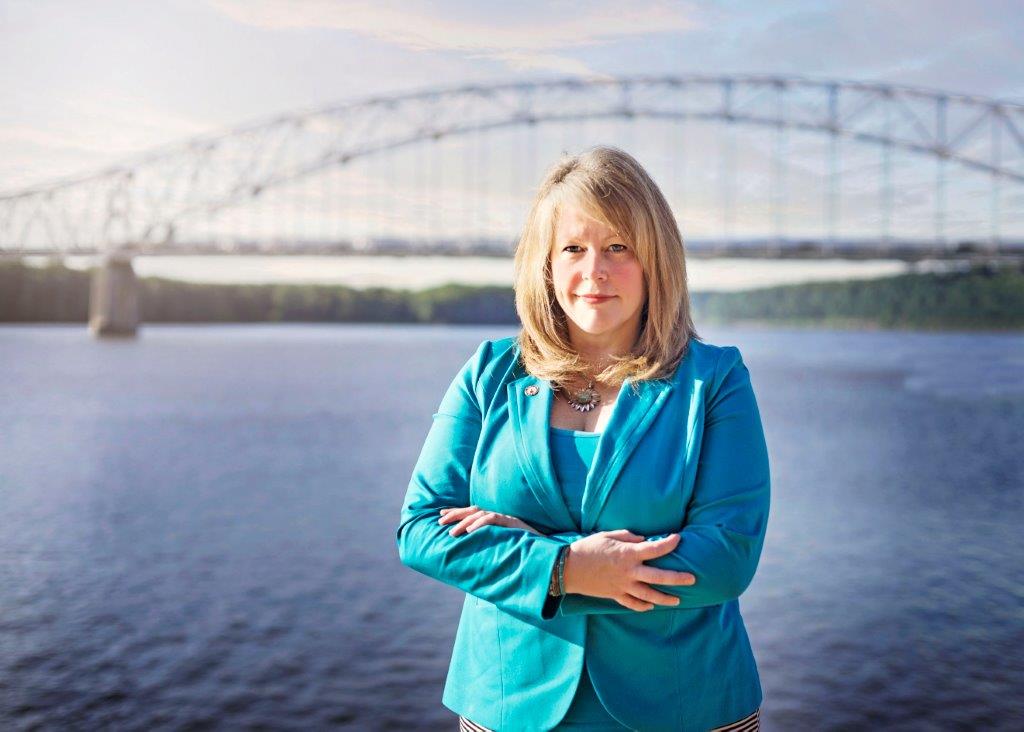Wartburg Theological Seminary is valued by the church, its graduates, and the congregations where graduates serve. Leaders are valued for their strong faith, theological depth, practical wisdom, and love for people. Wartburg’s formation for leadership is distinctive and plays an important role in the life of the church. We have a long history and have been preparing leaders for ministry in the church for over 160 years.
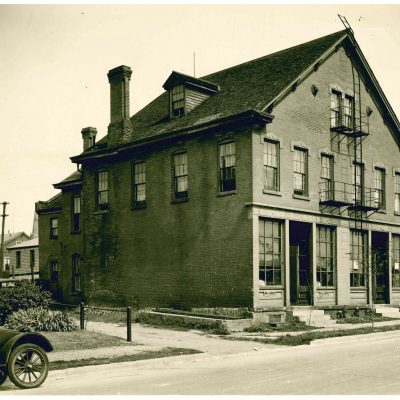
Our seminary’s presence in Dubuque, Iowa, began with its first location in a rented building on Garfield Avenue on November 10, 1853. What started as the relocation of the teacher training institution started at Saginaw, Michigan in 1852 under the leadership of Inspektor George Grossman (eventually named Wartburg College), became Wartburg Theological Seminary the next year with its founding in 1854 at the introduction of a theological curriculum.
St. John’s Lutheran Church at 1276 White was the second home for Wartburg Seminary.
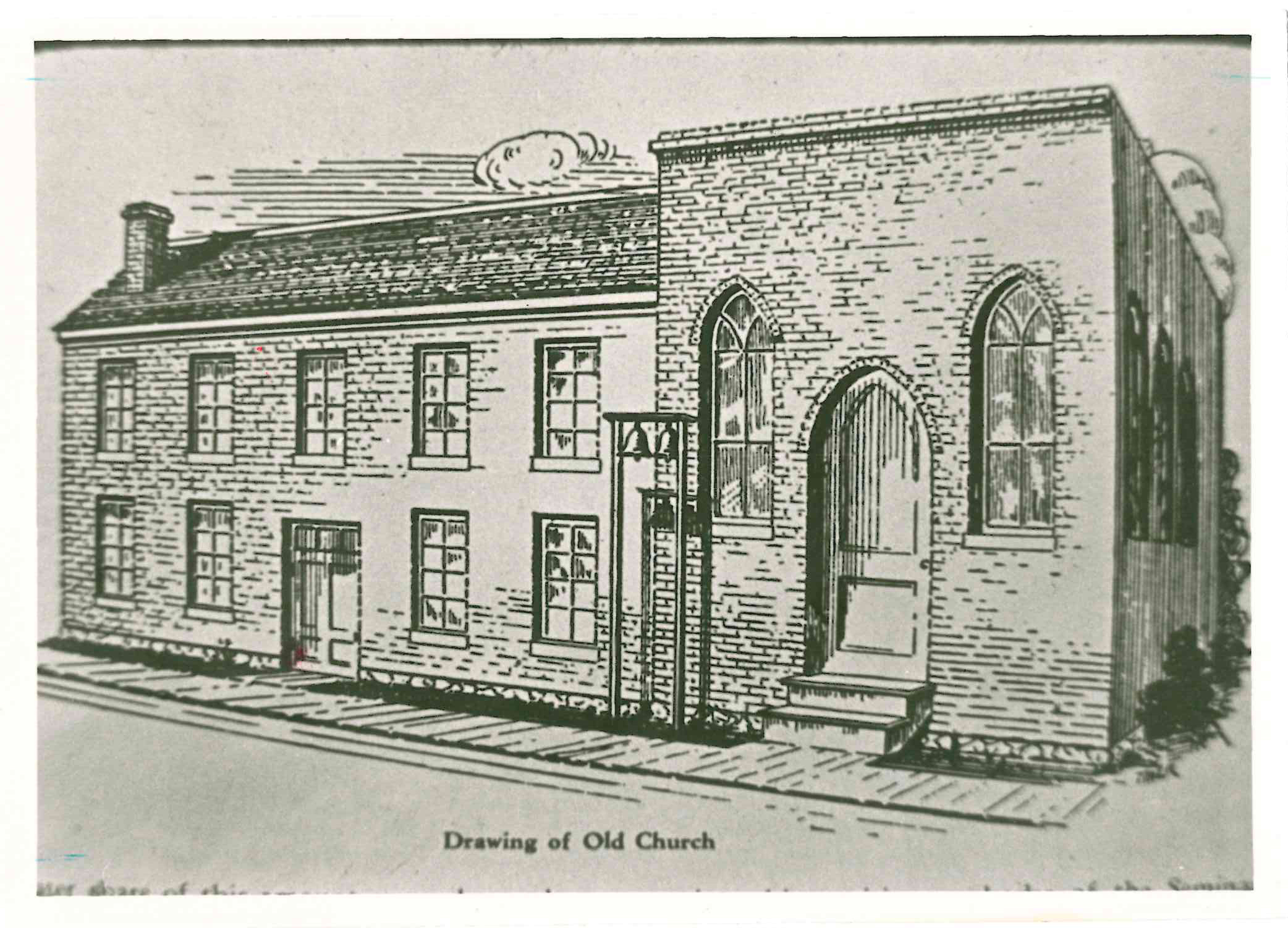
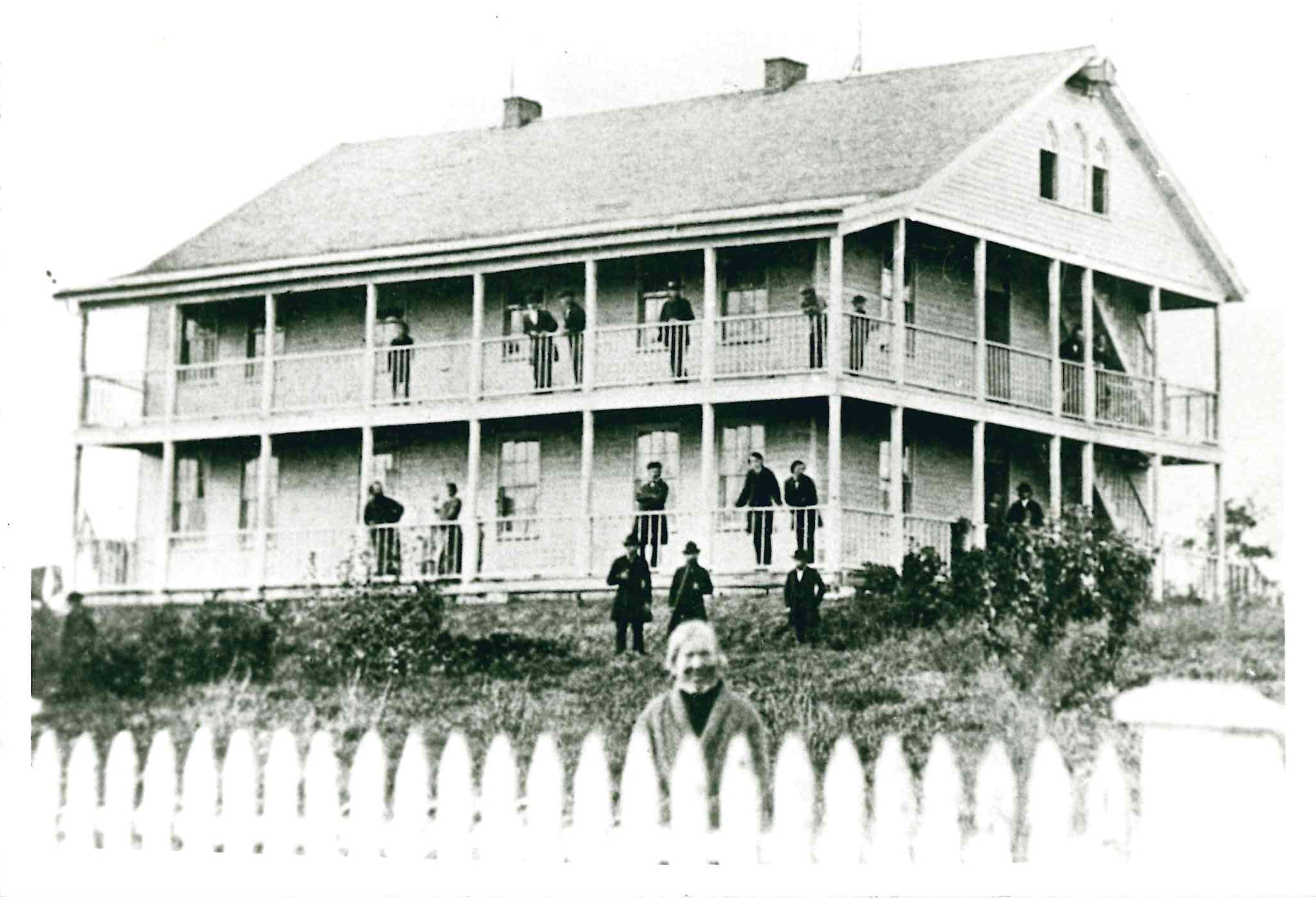
The third location for Wartburg was built by a group of dedicated students. The seminary began using the building in St. Sebald, Iowa, in 1857.
As the seminary grew, a larger building was needed. The seminary moved to Mendota, Illinois, in 1874 to accommodate the larger class size.
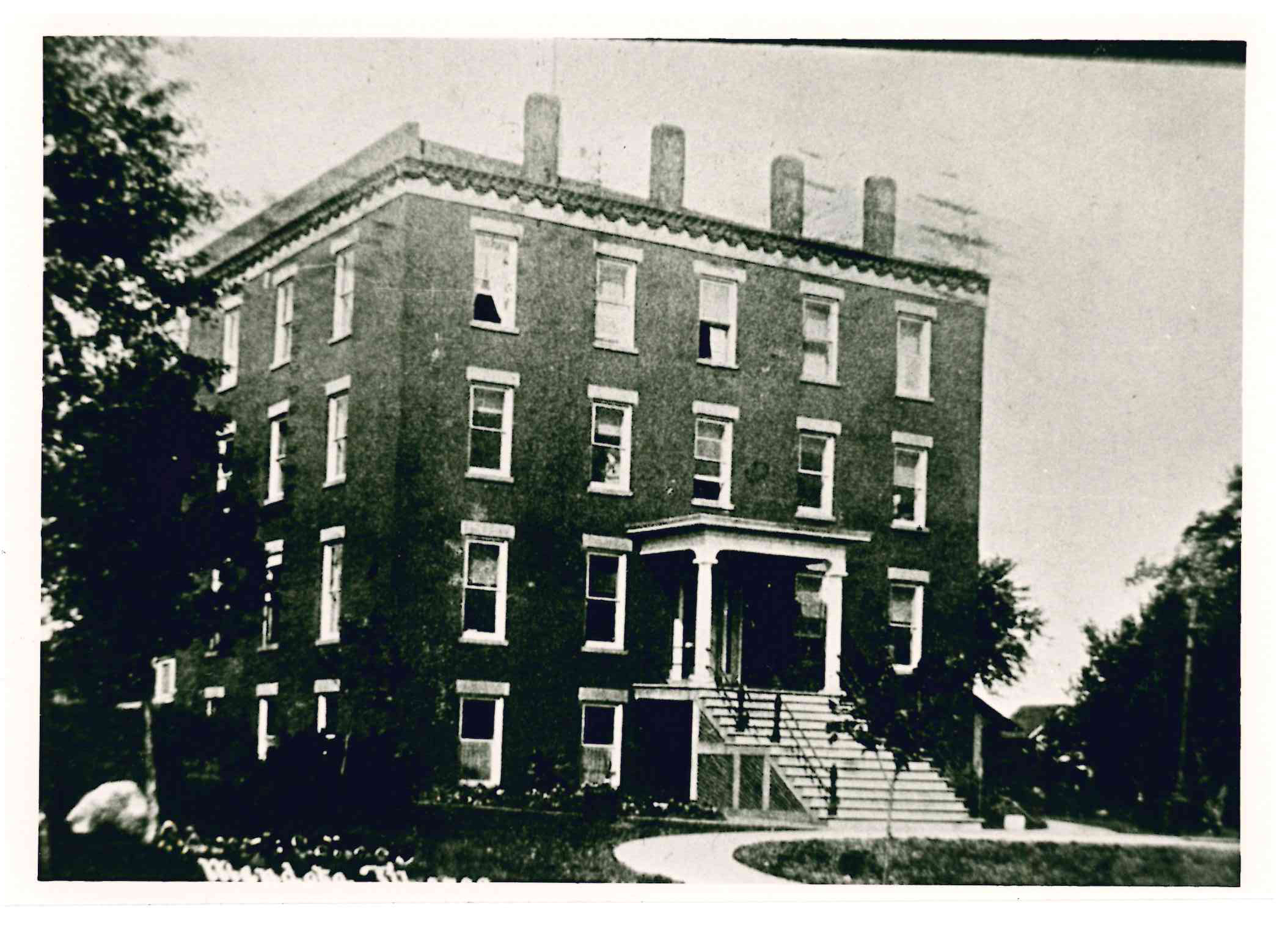
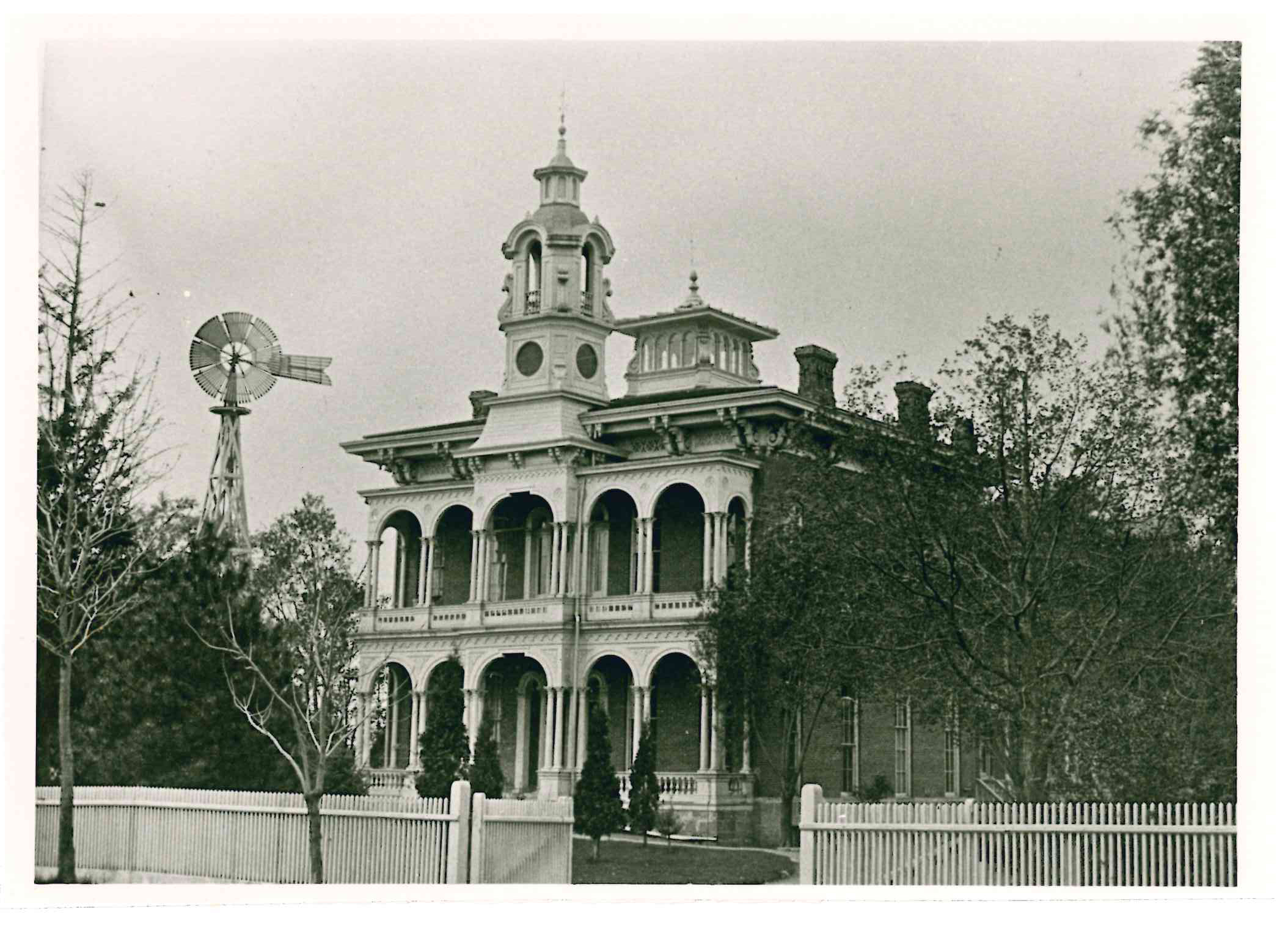
In 1889, Wartburg moved back to Dubuque and found a home in the Emerson Mansion.
In 1914, the cornerstone of the now beloved Wartburg Castle was laid. On Martin Luther’s birthday November 10th, 61 years since the first location on Garfield Ave, construction began on the Castle.
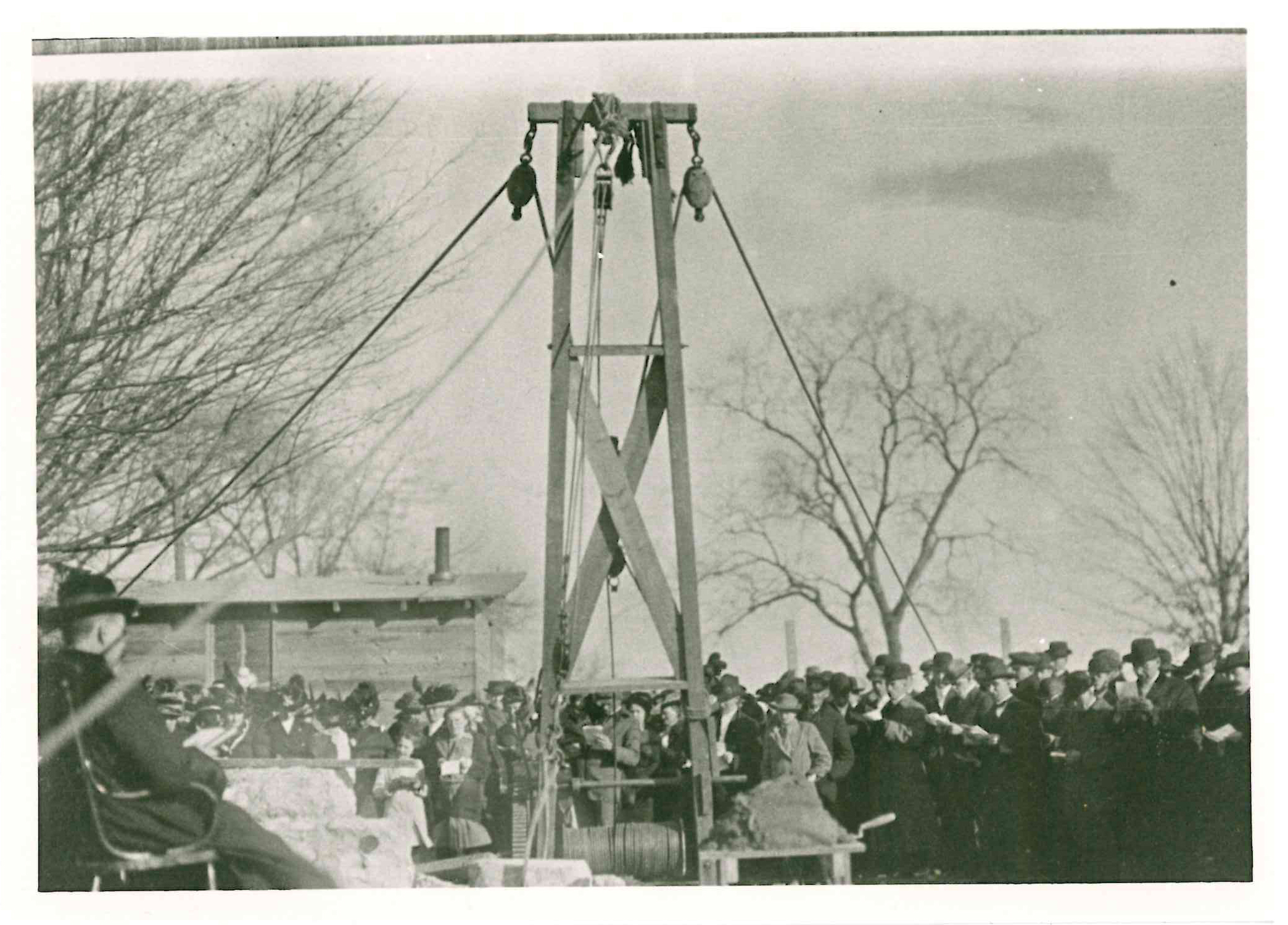
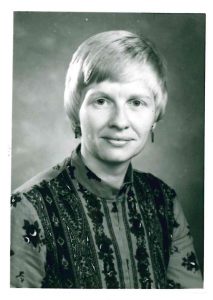
In 1970, Carol Olson was the first woman to study for a Master of Divinity. Since then, the number of women studying for a Master of Divinity has grown until numbers are equal between men and women.
Wartburg’s Hispanic Ministry Program, founded in Austin, Texas, in 1974, became the Lutheran Seminary Program in the Southwest at the advent of the Evangelical Lutheran Church in America and is a program of Wartburg Seminary and the Lutheran School of Theology at Chicago.
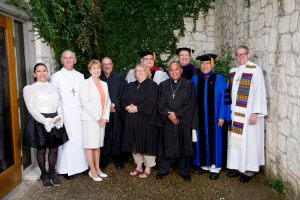
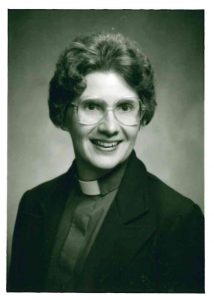
Professor Norma Cook Everist was the first woman appointed to the faculty in 1979.
President Louise Johnson was hired as the first female president of the seminary in 2015.
